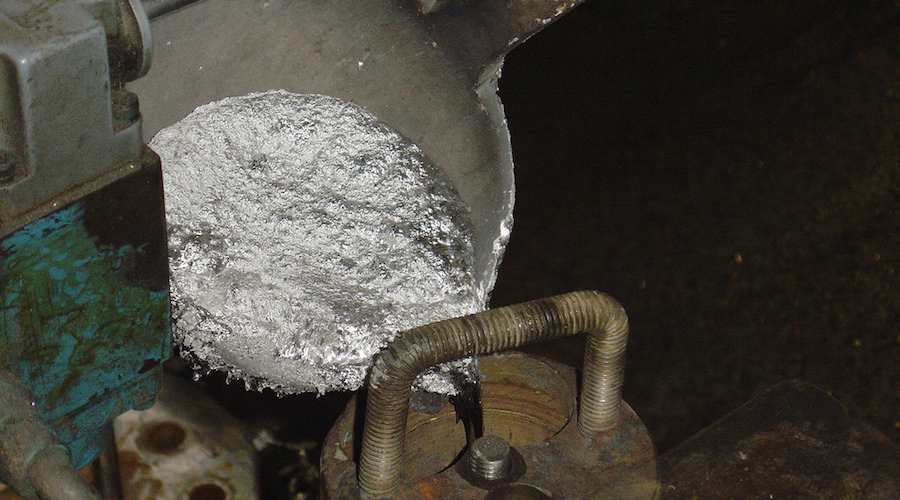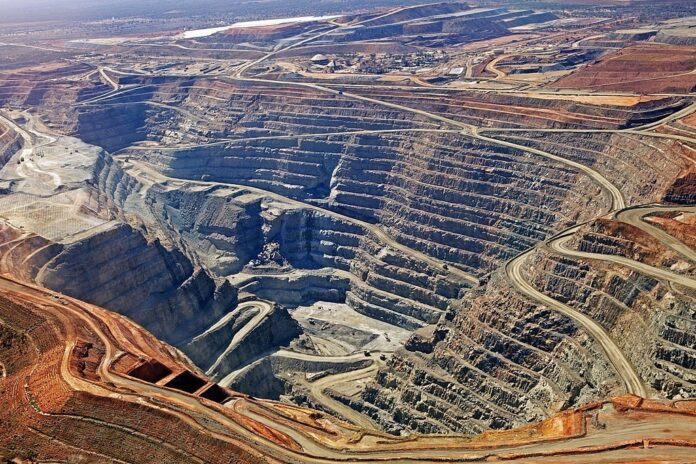Zinc output climbs, but uncertainty disrupts processing talks

LONDON, March 29 (Reuters) – Surging zinc mine output will eventually lift annual charges for treating concentrates, but uncertain timing has led to a stand-off in talks between mines and smelters.
No deal has been achieved yet over benchmark processing terms – fees miners pay smelters to turn concentrate into metal – after two sets of negotiations, in February and this month.
Concentrate is partially processed ore.
Rising mine output usually boosts treatment charges (TCs) since miners must compete to have their material processed at the global network of smelters, which have a fixed capacity.
But it takes time for higher mine production to make its way through the value chain to concentrates and refined metal.
Concentrate supply is still tight and has not completely recovered after closures and suspensions of major mines in 2015 created shortages, but the industry is divided on exactly when supply will be replenished.
Benchmark annual TCs fell 15 percent last year to $172 a tonne and were likely to slip in 2018 by at least another 13 percent to $140-$150, industry sources said.
Analysts said last year’s benchmark was the lowest in 13 years, while spot levels have sunk to around $10-$30.
“The noise coming out of the negotiations so far is that there’s a huge divergence between the smelters and producers,” analyst Nicholas Snowdon at Deutsche Bank said.
“The expectation is that the concentrate market will soften in the second half of the year whereas the traders and producers are not necessarily buying into that story,” he told the Metal Bulletin Zinc Conference in London last week.
No deal had been hammered out since then, industry sources said on Thursday.

While talks remain deadlocked, mine output has been recovering.
Some 880,000 tonnes of additional capacity has been committed by zinc mines this year, about two-thirds of it from reopenings and expansions, the International Lead and Zinc Study Group (ILZSG) told the conference.
“It is definitely less tight than two years ago … but it takes time to recover and get back to normality,” said Joao Jorge, director of market research and statistics at the ILZSG.
One of the biggest reopened mines is a tailings operation at the Century mine in Australia that was closed in 2015 but is due to restart output in the third quarter.
Overall zinc mine production is due to climb 6 percent this year to 13.78 million tonnes after adding 3.6 percent in 2017, the ILZSG said.

Shortages of zinc after the closures in 2015 sent benchmark zinc metal prices on the London Metal Exchange soaring by 29 percent last year and they touched the highest in over a decade at $3,595.50 a tonne last month.
Since then, however, prices have slumped while inventories of metal on the LME and Shanghai Futures Exchange have climbed.
While the industry consensus is for weaker prices next year, some analysts such as Max Layton at Citi expect one last burst of strength.
“Zinc bull markets like this in the past haven’t lasted and this one won’t last,” Layton told the zinc conference, saying a final surge would take LME zinc to around $3,800-$4,000 a tonne in the next several months, but then it would slump to around $2,500 in coming years.
“The zinc price in the next three to six months is the best we’re going to see for the next three to five years.”

(Reporting by Eric Onstad; Editing by Dale Hudson)
More News
Barrick eyes 30% production growth by 2030
The company is also considering changing its name from Barrick Gold to Barrick Mining to reflect its changing production profile, chairman John Thornton said.
April 04, 2025 | 03:26 pm
Column: Trump, tariffs and tin
Only one metal has escaped the tariff tsunami.
April 04, 2025 | 01:44 pm
{{ commodity.name }}
{{ post.title }}
{{ post.excerpt }}
{{ post.date }}



Comments